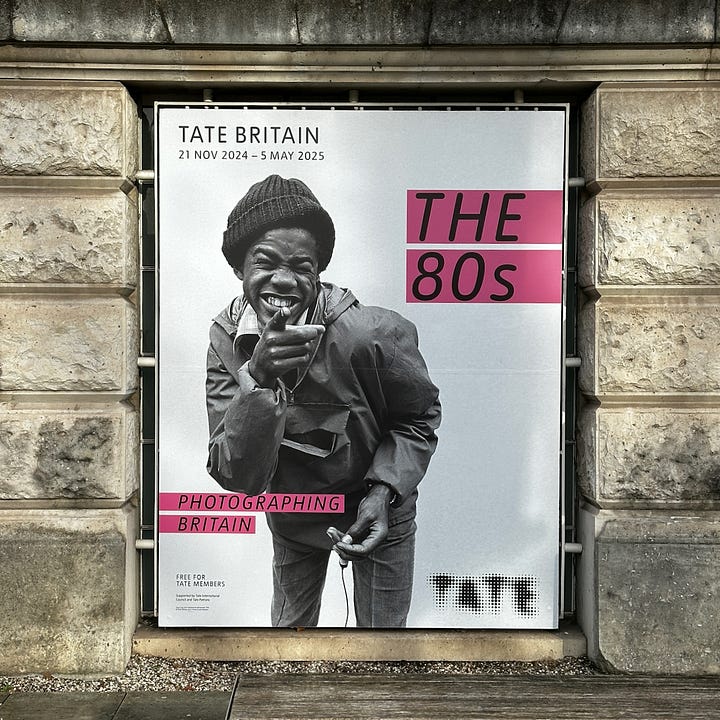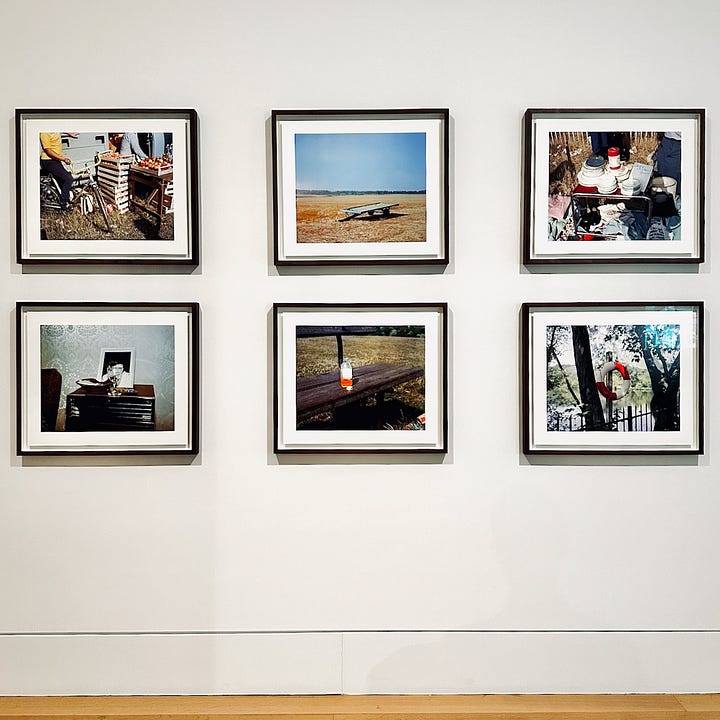Let's Keep It Nice #2
An occasional series of posts featuring pictures of the USA that have sat in my loft for 30 years.
Looking at pictures that you took 30 years ago, and only vaguely remember, can be quite an unsettling experience. This particular photograph (a 35mm transparency) really took me by surprise. I scanned it in mid December 2024. By the end of January 2025, over 8,000 wild fires had ravaged California burning over 1,000,000 acres of land.
The horrifying footage of the Los Angeles fires dominated our media platforms and the sight of planes and helicopters delivering fire quenching red Phos-Chek became commonplace.
I’m fairly certain this picture was taken through a car window as we drove from San Francisco to Reno during the latter stage of our stay in the States. American schools break up quite early for their summer holidays. We’d worked through the summer of 1994, ending the UK term in late July and beginning our American teaching timetables in August. This meant that we had from mid May of 1995 to travel before we were due back in the UK in September.
We decided to spend almost the entire time in California.
We began in San Francisco, meeting friends from the UK. We travelled up the coast as far as Bodega Bay, then inland to Lake Tahoe (including a slightly miraculous meeting with a colleague), down through the Sequoia National Park, over to Santa Barbara and back up Route 1, taking in Big Sur, before returning to San Francisco. It was a magical time.
I’d never seen a forest fire before. I don’t expect this one was particularly unusual. It looks like it might have been under control and quite localised but it’s hard to tell. I do remember feeling a little anxious, especially when the plane arrived to drop the Phos-Chek. As someone who grew up in the 1970s, I was reminded of other substances being dropped on the land from planes in news footage of the Vietnam war. I also remember the searing California/Nevada heat, the dry, dusty air and the smell of burning grass.
Or do I just imagine that when I look at the image?
I’m glad, in hindsight, that I had the presence of mind to snap this picture and keep it safe for 30 years so that I could later recall the experience. Having witnessed even this small forest fire, in the middle of a trip to The Biggest Little City in the World, I have some better understanding of the appalling conflagration experienced by residents of Los Angeles.
This is one of several images from our trip that has prompted thoughts about the relationship between time and photography, that weird experience when the past and the present are sometimes concertina’d together in an image.
When I talk to students about why they take photographs they often say that it helps them capture a feeling or moment, something they sense they might want to remember in the future. Photographing like this is a kind of ritual, especially in the age of phone cameras. Everyone is a photographer. One of the things I love about photography is that it is democratic and diverse. I do find this occasionally irritating, especially at live events when the view of the performer is obscured by hundreds of phones.
Reality is being transformed into a colossal photograph, and the montage already exists: it’s called the real world.
— Luigi Ghirri
The relationship between photography and reality is the source of many a long and sometimes fraught discussion in my classroom.
Photographs can function like portals, transporting us instantaneously across time and space. They are agents of the sensory, conjuring up assemblages of smells, tastes, sounds and textures. They do this without drawing attention to themselves, as drawings or paintings might. Photographs look so much like the thing photographed that we often don’t even ‘see’ them.
Part of my job as a photography teacher is to remind students that photographs are special kinds of signs, as abstract in their own way as letter forms or road markings. I want them to be seen as objects in their own right, not simply as transparent containers for facsimiles of the world. For example, my first reaction to this image of the forest fire was sensory and nostalgic. I was moved to remember the experience of seeing the fire and the plane, the smoke, dust and chemicals. The scene reminded me of other images of fire and destruction in other media, accompanied by feelings of empathy and fear.
But, as these initial responses began to fade, I was left with the photograph itself, a small piece of plastic slide casing holding a thin strip of gelatin, scarred by light.
I recently re-read a wonderful interview between two of my favourite photography people, David Campany and Peter Fraser. The entire text rewards really careful reading but I was drawn to the following exchange, in particular:
David: Some of your photographs feel as if they might be quite aligned with eyesight, with what those scenes/objects might have looked like in those moments before you photographed them. Others don’t at all – they feel profoundly transformed by the photographic act, including the use of flash.
Peter: I’m aware of this. In some series of photographs, I’m very interested in the ‘whatness’ of things, and in others a sense of my own psychological engagement with the subject.
David: Can those things be separated?
Peter: Yes, I believe they can sometimes. For example, when I was photographing for my later series Material or Deep Blue I was very often startled by the physical fact of the object before me, without being preoccupied with it psychologically. When photographing for all the images in Two Blue Buckets I was without exception conscious of my psychological engagement with the subject and they were chosen for that reason. But I do accept that there can be an extraordinarily delicate interface between being psychologically engaged and intellectually curious about a ‘physical fact’.
David: Yes, with photography the line between the sensual and the intellectual, the intuitive and the rational, can be so thin, for makers and viewers. You seem to enjoy that knife-edge.1
Whilst I am cautious about the use of binary thinking, I often employ this strategy in the classroom in the form of a spectrum, along which I ask students to try to position their ideas and observations. Here, Campany and Fraser discuss the “knife edge” between the physical and the psychological, between feeling and thinking.2
What a great way to stage a discussion with young photographers about their responses to pictures, their own included!
As a photography teacher, I’m interested in finding engaging ways to present students with aspects of photography history and theory. For example, in my previous post I shared an idea for a lesson that explores another apparent binary, that of mirrors and windows, two categories proposed by John Szarkowski in his influential exhibition at MoMA in 1978.
Until next time.
I am planning to share this exchange with my students fairly soon. I have met David once and have attended a couple of his talks. I love the clarity of his thinking and writing. A Handful of Dust is one of the books I always recommend to photography teacher colleagues. Peter has visited my school a couple of times in recent years. He’s really an extraordinary photographer and a lovely person. He is so articulate about the medium and it’s fantastic to see some of his early work currently on display at Tate Britain.


Elsewhere in the same interview, other binaries are proposed:
between art and document, between intention and automatism, between the vernacular and the exemplary, the low and the high.





Thanks, Jon, enjoyed this. The plane image is a great shot. With the accompanying text, the image brings to mind the action-release of colour and chemicals on a surface; how surfaces are burnt into and upon, and stop-bathed.